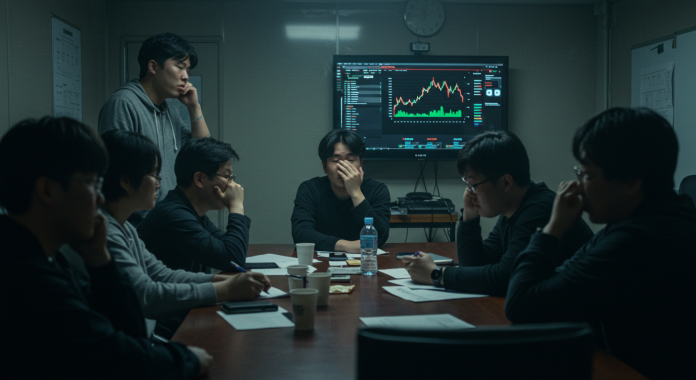
As South Korea’s crypto market regains momentum in 2025, the gap between major and minor exchanges continues to widen. While top-tier platforms are reaping substantial profits and dominating market share, smaller exchanges remain in the red, fighting an uphill battle to stay afloat.
Leading exchanges such as Upbit and Bithumb have solidified their positions early on by building mobile-first environments, securing partnerships with internet-only banks, and rapidly listing new coins. These strategies have created a self-reinforcing loop of liquidity and user growth, securing their dominance. Meanwhile, smaller players are making efforts to improve user interfaces, run promotions, and expand their services—but face structural limitations that make real breakthroughs difficult.
The root of this polarization lies in the structure of the crypto exchange ecosystem itself. Unlike traditional securities markets where order books are centralized, crypto exchanges operate with isolated order books. Once liquidity becomes concentrated in one exchange, it is nearly impossible to reverse. Users, drawn to liquidity and perceived reliability, are naturally inclined to choose already dominant platforms.
This effect was only amplified after the Terra-Luna collapse, which heightened user sensitivity toward exchange credibility. Since then, investor preference for “safe and trusted” platforms has become more entrenched, accelerating the market consolidation.
| Exchange | Operating Revenue | Operating Profit/Loss | Net Profit | Market Share |
|---|---|---|---|---|
| Coinone | KRW 44.2 billion | -KRW 6.1 billion | +KRW 15.6 billion | 2.5% |
| Korbit | KRW 8.7 billion | -KRW 16.8 billion | +KRW 9.8 billion | 0.5% |
| Gopax | KRW 8.0 billion | -KRW 3.0 billion | -KRW 130.5 billion | 0.3% |
Despite the tough environment, some smaller exchanges like Coinone, Korbit, and Gopax are exploring new directions. These include revamping UI/UX, introducing B2B services, and launching corporate-targeted features. With the Financial Services Commission recently announcing a phased rollout of real-name accounts for corporations, smaller exchanges see an opportunity to attract business clients and diversify revenue.
However, entering the regulated space comes at a cost. Under the newly enacted Virtual Asset User Protection Act, exchanges are now required to set aside reserves, build market monitoring systems, and pay regulatory contributions—roughly 0.6% of revenue. These requirements pose a substantial burden for platforms with already limited resources.
Industry experts argue that instead of attempting to redistribute market share through regulation, the government should create room for business model innovation. Expanding the legal basis for new revenue streams—such as asset custody, crypto lending, and initial exchange offerings (IEOs)—would allow smaller exchanges to compete sustainably without solely relying on trading fees.






